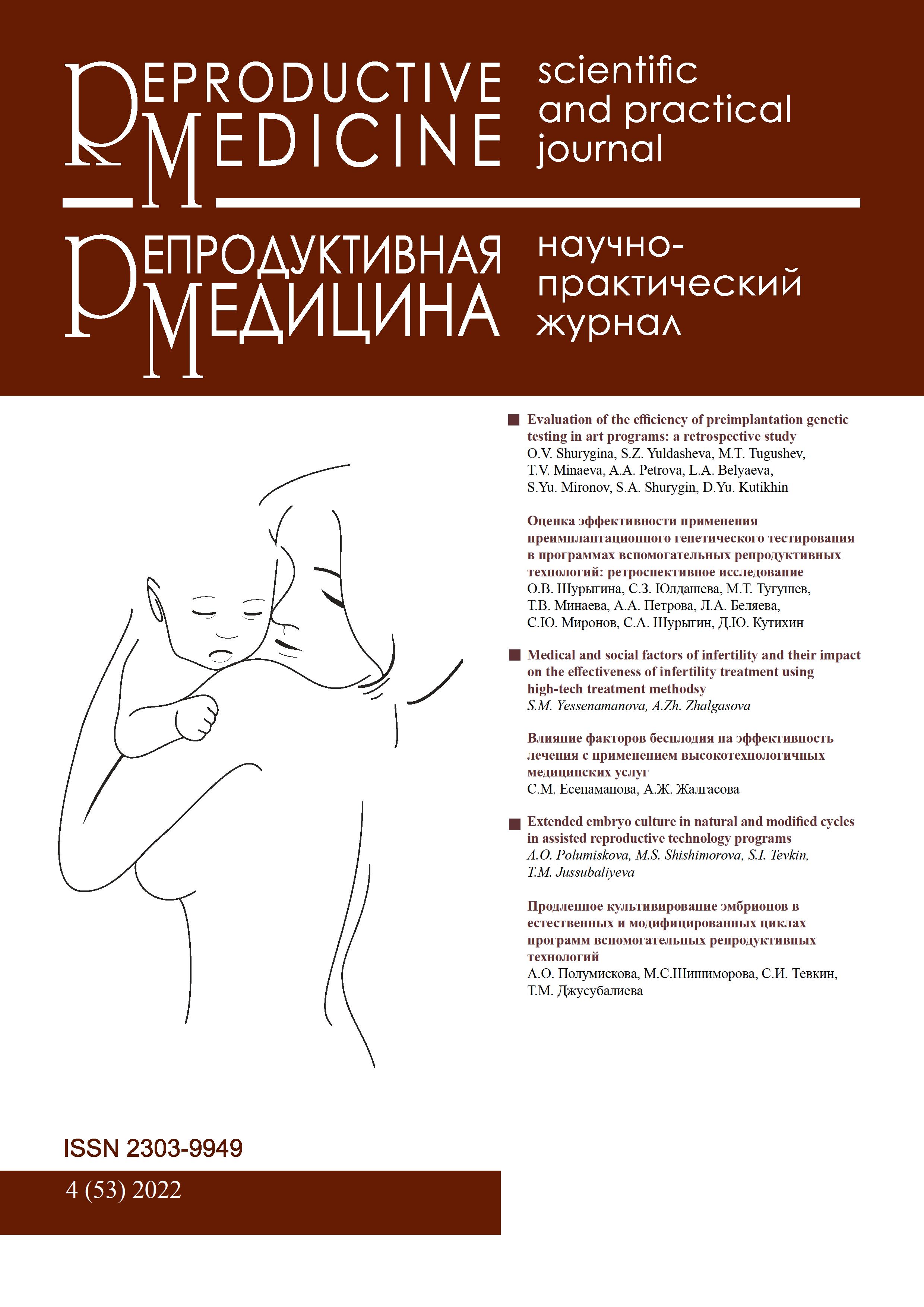Factors contributing to the rising frequency of cesarean section: A literature review
DOI:
https://doi.org/10.37800/RM.3.2022.68-75Keywords:
cesarean section (C-section), maternal request, raising C-section rate, labor pain, medical indications, cesarean deliveryAbstract
Relevance: There is a rising trend for cesarean delivery worldwide. The data provided by WHO- is 15%. Cesarean section (C-section) has many disadvantages for the mother and the child. WHO has set a 10-15% percentage for cesarean
delivery out of total births. A higher rate means C-sections are used excessively. The unnecessary use of C-sections should be reduced to the WHO-recommended rate.
The study aimed to find possible solutions to help decrease the cesarean delivery rate without medical indications for surgery.
Methods: The literature search covered original articles and reviews on the cesarean section (C-section) available in Google Scholar, PubMed, Sci-Hub, and Biomedical Corner.
Results: The literature review revealed a daily increase in the C-section rate. If before, C-section was considered a life-saving emergency procedure, today some consider it a method
of choice and comfort, which leads to exceeding the WHO recommended rates. This review discusses the factors that could lead to an increased cesarean delivery on maternal
requests. Decreasing the C-section rate requires educating people about the risk factors, morbidity, mortality, the WHO guidelines, and clinical opinions.
Conclusion: The overall C-section rate can be reduced by addressing the factors for the cesarean delivery on maternal request and providing psychological support to women asking for C-sections without medical indication.
References
Aabakke A.J.M. Surgical techniques for caesarean section. Short- and long-term consequences: Ph.D. thesis. – University of Copenhagen, 2014. – 63 p. https://www.regionsjaelland.dk/Sundhed/forskning/forfagfolk/Forskere/Documents/Anna%20Aabakke%20-%20afhandling.pdf
Zamani-Alavijeh F., Araban M., Hassanzadeh A., Makhouli K. Contributing factors of pregnant women’s beliefs towards the mode of delivery: a cross-sectional study from Iran // Matern. Heal. Neonatol. Perinatol. – 2018. – Vol. 4. – Art. no. 9 (2018). https://doi.org/10.1186/s40748-018-0077-1
Shams-Ghahfarokhi Z., Khalajabadi-Farahani F. Intention for cesarean section versus vaginal delivery among pregnant women in Isfahan: Correlates and determinants // J. Reprod. Infertil. – 2016. – Vol.17(4). – P. 230-239. https://pubmed.ncbi.nlm.nih.gov/27921002/
Penn Z., Ghaem-Maghami S. Indications for cesarean section // Best Pract. Res. Clin. Obstet. Gynaecol. – 2001. – Vol.15(1). – P. 1-15. https://doi.org/10.1053/beog.2000.0146
Association of Surgical Technologists. Surgical Technology for the Surgical Technologist: A Positive Care Approach. – 5th ed. – Cengage Learning, 2017. – ISBN: 978-1305956414.
Amjad A., Imran A., Shahram N., Zakar R., Usman A., Zakar M.Z., Fischer F. Trends of caesarean section deliveries in Pakistan: secondary data analysis from Demographic and Health Surveys, 1990-2018 // BMC Pregnancy Childbirth. – 2020. – Vol. 20. – Art. No. 753 (2020). https://doi.org/10.1186/s12884-020-03457-y
Abebe F.E, Gebeyehu A.W., Kidane A.N., Eyassu G.A. Factors leading to cesarean section delivery at Felegehiwot referral hospital, Northwest Ethiopia: A retrospective record review // Reprod. Health. – 2016. – Vol. 13. – Art. no. 6 (2015). https://doi.org/10.1186/s12978-015-0114-8
The Staywell Company. Health Library. Cesarean Section (C-Section) // demo.staywellhealthlibrary.com/Content/healthsheets-v1/cesarean-birth-c-section/ 7.1.2020.
Eide K.T., Morken NH, Bærøe K. Maternal reasons for requesting planned cesarean section in Norway: A qualitative study // BMC Pregnancy Childbirth. – 2019. – Vol. 19. – Art. no. 102 (2019). https://doi.org/10.1186/s12884-019-2250-6
Quraishi F.U., Jabeen S., Alvi W. Frequency of Cesarean Delivery on maternal request in a private teaching hospital // J. Rawalpindi Med. Coll. – 2020. – Vol. 24(2). – P. 139-143. https://journalrmc.com/index.php/JRMC/article/view/1305
Dwight E.M. Caesarean Delivery on Maternal Request : A New Zealand Perspective: Bachelor Thesis. - Uniersity of Otago, 2017. http://hdl.handle.net/10523/7514
D’Souza R., Arulkumaran S. To “C” or not to “C”? Caesarean delivery upon maternal request: A review of facts, figures, and guidelines // J. Perinat. Med. – 2013. – Vol. 41. – P. 5-15. https://doi.org/10.1515/jpm-2012-0049
Sandall J., Tribe R.M., Avery L., Mola G., Visser G.H., Homer C.S., Gibbons D., Kelly N.M., Kennedy H.P., Kidanto H., Taylor P., Temmerman M. Short-term and long-term effects of caesarean section on the health of women and children // Lancet. – 2018. – Vol. 392(10155). – P. 1349-1357. https://doi.org/10.1016/s0140-6736(18)31930-5
Begum T., Saif-Ur-Rahman K.M., Yaqoot F., Stekelenburg J., Anuradha S., Biswas T., Doi S.A., Mamun A.A. Global incidence of caesarean deliveries on maternal request: a systematic review and meta-regression // BJOG. – 2021. – Vol. 128(5). – P. 798-806. https://doi.org/10.1111/1471-0528.16491
Ortiz-Prado E., Castillo T.A., Olmedo-López M., Armijos L., Ramírez D., Iturralde A.L. Cesarean section rates in Ecuador: A 13-year comparative analysis between public and private health systems // Rev. Panam. Salud. Publica. – 2017. – Vol. 41. – Art. no. e15. https://doi.org/10.26633/rpsp.2017.15
Mascarello K.C., Horta B.L., Silveira M.F. Maternal complications and cesarean section without indication: systematic review and meta-analysis // Rev. Saude Publica. – 2017. –Vol. 51. – Art. no. 105. https://doi.org/10.11606/s1518-8787.2017051000389
Chen H., Tan D. Cesarean section or natural childbirth? Cesarean delivery may damage your health // Front. Psychol. – 2019. – Vol. 10. – Art. no. 351. https://doi.org/10.3389/fpsyg.2019.00351
Shirzad M., Shakibazadeh E., Hajimiri K., Betran A.P., Jahanfar S., Bohren M.A., Opiyo N., Long Q., Kingdon C., Colomar M., Abedini M. Prevalence of and reasons for women’s, family members, and health professionals’ preferences for cesarean section in Iran: a mixed-methods systematic review // Reprod. Health. – 2021. – Vol. 18. – Art. no. 3 (2021). https://doi.org/10.1186/s12978-020-01047-x
Panda S., Begley C., Daly D. Influence of women’s request and preference on the rising rate of caesarean section – a comparison of reviews // Midwifery. – 2020. – Vol. 88. – Art. no. 10765. https://doi.org/10.1016/j.midw.2020.102765
American College of Obstetricians and Gynecologists. ACOG Committee Opinion. Surgery and patient choice: the ethics of decision making // Obstet. Gynecol. – 2003. – Vol. 102(5 Pt 1). – P. 1101-1106. https://doi.org/10.1016/j.obstetgynecol.2003.09.030
Cole S.K. Caesarean Section Rates // Lancet. – 1980. – Vol. 315(8168). – P. 606. https://doi.org/10.1016/S0140-6736(80)91104-6
Downloads
Published
How to Cite
Issue
Section
License
The articles published in this Journal are licensed under the CC BY-NC-ND 4.0 (Creative Commons Attribution – Non-Commercial – No Derivatives 4.0 International) license, which provides for their non-commercial use only. Under this license, users have the right to copy and distribute the material in copyright but are not permitted to modify or use it for commercial purposes. Full details on the licensing are available at https://creativecommons.org/licenses/by-nc-nd/4.0/.




